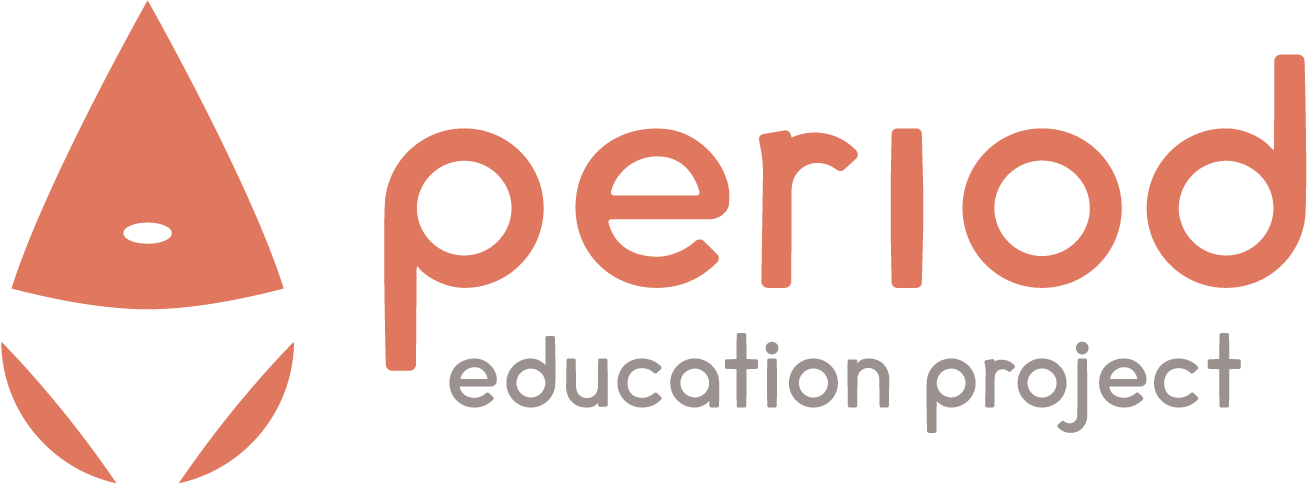Harshini Sirvisetty, Period Pro from the University of Louisville School of Medicine
I have a hairy body. Is that normal?
Most likely, it is totally normal! However, excess hair growth can sometimes be a sign of medical issues that need to be addressed. Read on to find out more!
Body hair increases at the time of puberty, which for girls starts around the ages of 8-12. The first new growth of hair, called pubic hair, happens primarily on parts of the vulva called the mons and labia. This hair is straight, soft, and a lighter color. With time, the hair will get darker, thicker, curlier, and spread to cover more of the genital area including the inner thighs and even up the stomach and back towards the anus.
Soon after, expect to see hair growth in other areas like armpits, arms, legs, and even faces. Some people decide to get rid of this hair, but it is by no means necessary. It is a personal choice that you make!
How can I remove unwanted body hair?
There are many ways to get rid of body hair, each with its own pros and cons. Here are 5 common ways:
- Shaving (Manual Razor): a razor is used to cut the hairs along the surface of the skin. Shaving is easy to learn and can be painless if done correctly. You should be careful as the blades of a razor are sharp and you may accidentally cut yourself. With shaving, hair tends to grow back quickly, so you may need to shave more often. Shaving can also cause ingrown hairs if the skin is not moist and clean, an old or dull razor is used, the razor is pushed down too hard, or you are shaving against the growth pattern of the hair.
- Waxing: wax is applied to the hairs along the skin and then quickly removed – this pulls out the hairs from the root. Since the hair and root are removed, it doesn’t grow back as quickly as shaving. However, waxing can be painful due to the process of ripping out the hair and please be careful! If the wax is too hot, it can burn your skin.
- Depilatories: creams or gels (strong chemicals) that can dissolve hair to remove it. It’s fast, easy to use, and the hair is removed for a longer time than when shaving. Keep in mind that these methods can irritate skin and cause rashes or blisters, so make sure to test a spot before use! Neither waxing or depilatories are recommended for young or sensitive skin.
- Threading: two cotton threads are twisted over hairs to pluck them out. Very precise way to remove multiple hairs at once and commonly used to maintain facial hair. It isn’t usually used for large areas since it can take a lot of time.
- Shaving (Electric Shaver): choosing between an electric shaver and a manual razor comes down to personal preferences and individual needs. Electric shavers can be a great choice for people with sensitive skin because they tend to be gentler and reduce the risk of nicks and irritation, but electric shavers may not provide as close of a shave as manual razors. For unwanted facial hair, many dermatologists recommend a mini or personal electric hair trimmer.
What about pubic hair?
Pubic hair actually has a purpose of padding and protection for that sensitive skin, and we don’t recommend removing it! If it bothers you or pokes out of your bathing suit, there are several ways described above to remove it, but it can be tricky. Think about removing the hairs that bother you and just trim the rest!
When is a lot of body hair not normal?
There is a wide range of “normal” amounts of body hair among females. Race and ethnicity play a major role in the growth of body hair. For example, Eastern Asian and Native American females tend to have little body hair, whereas Southern Asian, Middle Eastern, and Mediterranean females tend to have moderate to large amounts of body hair.
Hirsutism is a medical term that describes the growth of coarse, dark hair in areas where females typically grow fine hair or no hair at all: above the lip and on the chin, chest, abdomen, and back. This is caused by an excess production or action of hormones called androgens. Hirsutism may be due to a few medical conditions, such as Polycystic Ovary Syndrome (PCOS), or due to medications as well.
If you think you have too much hair, check in with your healthcare provider, especially if the hair develops or worsens rapidly, or if relatives have comparatively less hair growth.
Most of the time, body hair is completely normal and nothing to worry about. It’s a natural part of puberty and beyond and a personal choice to remove it. It’s your body…embrace it!
References:
https://www.mayoclinic.org/diseases-conditions/hirsutism/symptoms-causes/syc-20354935
https://www.aad.org/public/everyday-care/skin-care-basics/hair/remove-unwanted-hair

